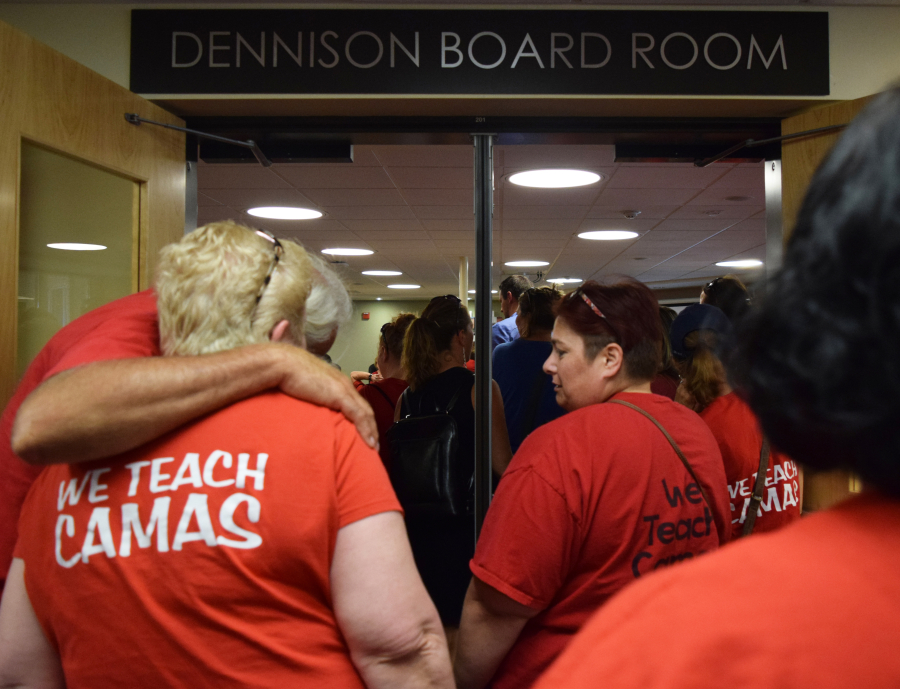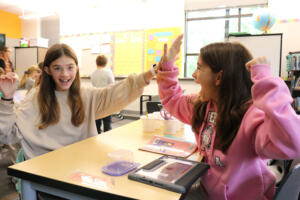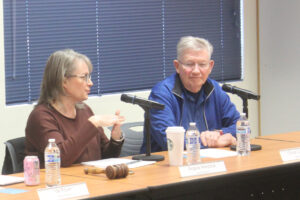Teachers union leaders in Camas and Washougal say local educators’ reactions to recent news that both school district plan to bring many students back to the classroom soon after the winter break — despite the fact that Clark County COVID-19 infections remain on an upward trajectory — run the gamut, from apprehensive to exuberant.
“I’ve heard mixed reviews,” said Shelley Houle, president of the Camas Education Association, the union that represents more than 460 Camas educators. “Some teachers are really excited and others have concerns about safety protocols.”
Eric Engebretson, president of the Washougal teachers union, agreed.
“There are some who are concerned, which is not unusual, seeing that we’re in a pandemic,” Engebretson told the Post-Record on Saturday, Dec. 19, one day after that school district announced it would bring first-, second- and third-graders back for a hybrid of in-person and remote learning in mid-January 2021.
The Washougal School District announcement came four days after Camas school board members unanimously committed to bringing first- and second-graders back to the classroom on a limited, part-time basis in January 2021 and to having in-person learning opportunities for every K-12 student by the end of March 2021.
“We kind of knew it was coming,” Houle said of the revised reopening plan, “and that it would be done in phases.”



